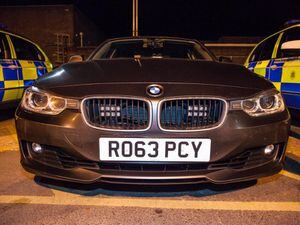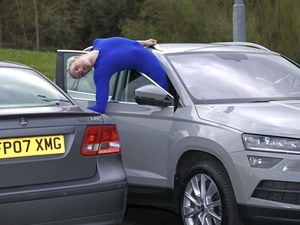Police using nylon tights to cover blue lights could be safety threat
Officers have been using nylon hosiery to hide the blue lights of undercover patrol vehicles

Police officers in unmarked cars have been warned that the practice of using nylon tights to cover up their blue lights could be a safety threat.
The police watchdog, the Independent Office for Police Conduct (IOPC), has called for the introduction of national guidelines after a North Wales Police officer was seriously injured in the line of duty after his lights were covered with the nylon garments.
An investigation found that the officer had collided with a lorry after attempting to avoid a van which had moved into his lane on a dual carriageway.
The investigation, carried out by North Wales Police, found that the emergency lights had been covered with tights in a bid to prevent members of the public identifying it as a police car when not in use. The officer who was injured had nothing to do with this.
It was concluded that the tights ‘significantly reduced’ the light output, and couldn’t be ruled out as a contributory factor to the collision. According to the IOPC, “they made it extremely difficult for the driver of the light goods vehicle to identify the vehicle behind them as a police car responding to an incident”.
“Our investigation,” said the IOPC, “identified that there is no national standardisation for covering lights and, as a result, a number of police forces are using various methods including nylon tights.”
As a result, the IOPC has recommended to the National Police Chiefs’ Council that a standardised form of light covering be developed.

The organisation’s director for Wales, Catrin Evans, said: “When police forces attempt to make unmarked police cars less visible, they need to adopt a standardised approach.
“Any modifications made ought to be tested and approved by experts rather than using ad hoc solutions that may not be the safest method. For the safety of police drivers and the public alike, testing would also help make sure that any coverings do not significantly limit the visibility of the emergency blue lights when turned on.
“I’m pleased to see the NPCC has recognised the need to develop this national guidance and has commissioned a working group to produce the new policy.”





